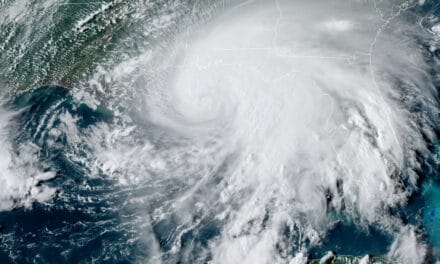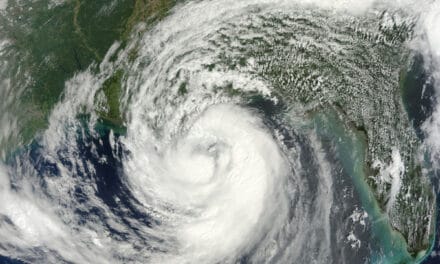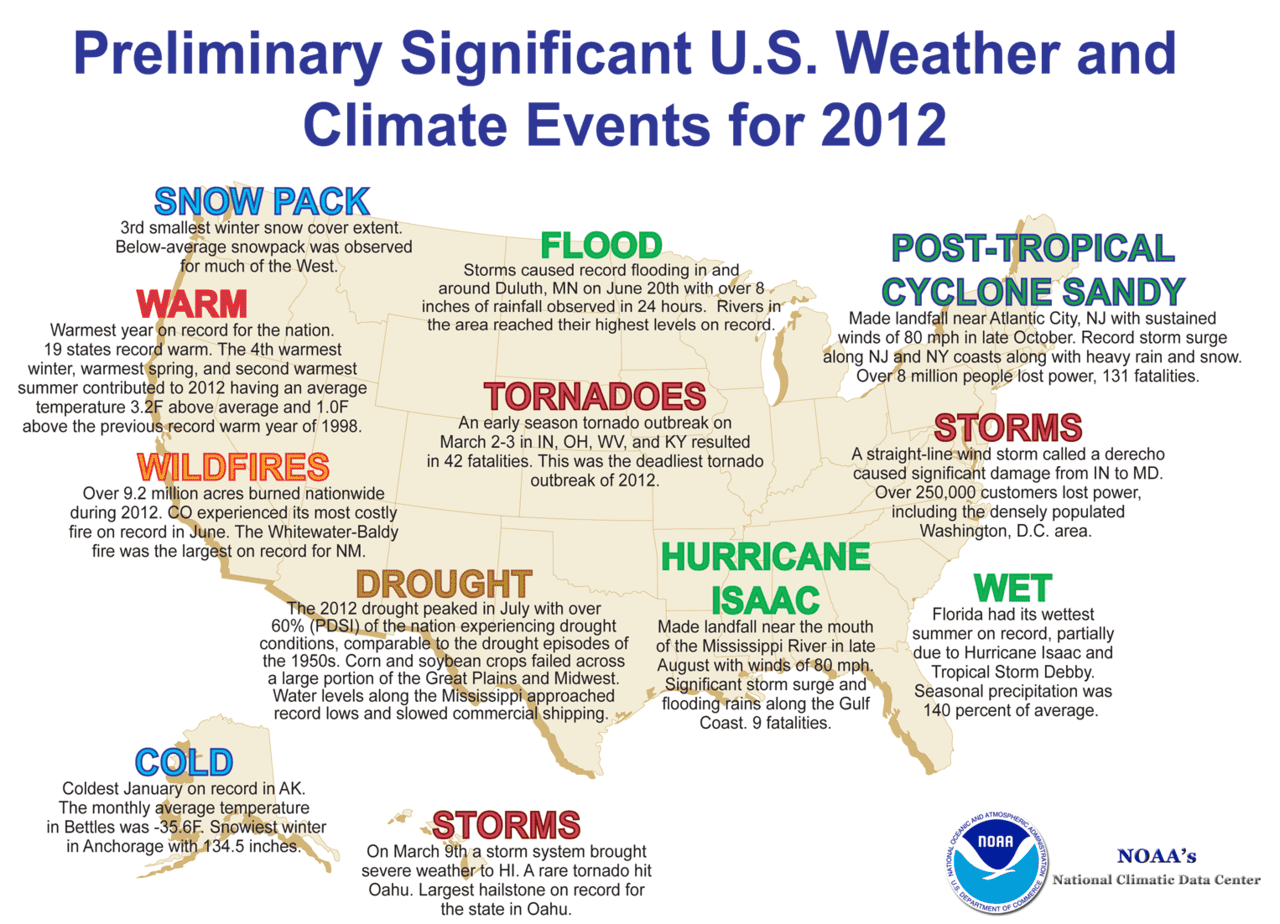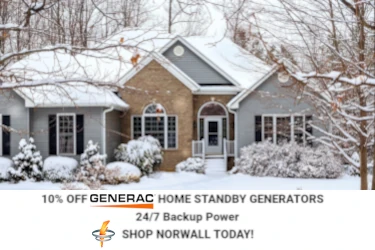Wind in a hurricane is a fearsome force. It can rip entire rooftops off buildings or break 100-year-old tree trunks. Flying debris, breaking utility poles, and the extraordinary force of the wind can snap utility lines.
In spite of the extreme wind speeds, the storms move slowly which increases the amount of damage they cause. A fast-moving, short-lived thunderstorm might have some high wind gusts in the 60-90 MPH range that cause a lot of damage in a very short period of time. Hurricanes have sustained winds of 75 to more than 200 MPH, and the high winds last for hours or even a day or more, depending on the physical size of the tropical cyclone.
Wind Hazards
The strong winds associated with a hurricane can devastate coastal regions. They damage or destroy structures, rip off roofs, knock down power lines, and the flying debris can easily kill someone if they are struck.
Hurricanes also spawn tornadoes when they move inland. The tornadoes usually don’t last long because of the unstable conditions that surround them, but they move quickly with strong winds of 100 to 300 MPH. Compared to a hurricane which can span over 1000 miles, they are much smaller in size, ranging from a few hundred feet to a mile in width.
Power Grid Damage
Extensive power grid damage leaves tens of thousands, or even millions of electric utility customers without power. Though crews work around the clock, the effort can take weeks before all customers have power restored.
Loss of electric power forces people out of their homes to seek shelter in hotels or with relatives who live outside the affected area. Without power, businesses cannot operate, heating and cooling systems in homes fail, and people that rely on medical equipment are placed at risk. Other problems include perishable food spoilage in non-working refrigerators or freezers and flooded basements when sump pumps don’t work. Wells that can’t pump water also won’t supply the sanitation systems that people rely on.
Preparing for a long-term power outage can mean the difference between keeping a home livable or coming home to flooded basements and mold infested living spaces.
Emergency Generator Systems
A backup generator system for emergency electrical power can keep you in your own home instead of looking for shelter elsewhere. A business can continue to operate and will benefit by offering services that other businesses without electrical power cannot.
Standby Generator systems work automatically and can supply homes and businesses with electrical power for weeks if properly maintained. They automatically start and switch the home or business from the non-functioning utility lines to the standby generator. Depending on the installation type and size, they can power a few essential circuits or entire homes and businesses.
Because the engines run on natural gas or LP gas, there is no need for constant refueling.
For someone who relies on medical equipment, a standby generator with automatic transfer switch can be a lifesaver when the power goes out. The systems provide utility-quality power that rivals or exceeds that from the electric company and are suitable for sensitive electronic equipment.
Portable Generators
When standby systems are impractical or have not been previously installed, portable generators can make life easier if they are used correctly. They usually run on gasoline, but models that run on other fuels including diesel fuel, natural gas, and LP gas are also available in sizes ranging from a few hundred watts to 18,000 or more.
Fuel is a serious consideration when relying on portable generator power. Portable generators usually need refueling at least once a day, and often more than that. After a hurricane, fuel supplies are often scarce and having a weeks worth of fuel on hand might be more trouble than it is worth, or even unsafe or illegal depending on the amount of fuel required.

















